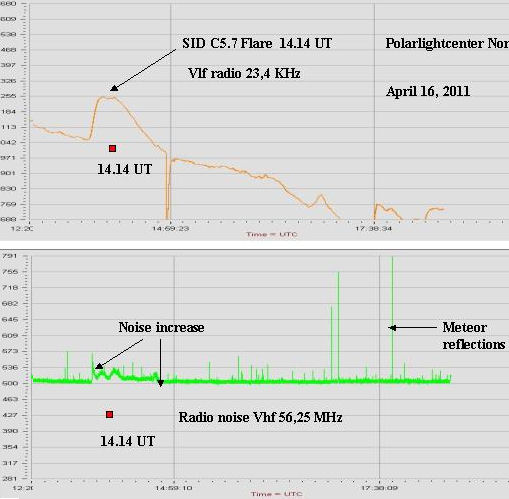OF THE
TIMES
I sure wish the geography teacher I had in grade 10 had had the hots for me.
Someone will have to explain to me who had the authority to grant a handful of billionaires the run of our planet. Bored billionaires I might add....
They're going to have to be quick, to get this in place before the entire collapse of society, which isn't very far off.
"Collective 'Common Enemy" [Link]
Exactly; well written article.
To submit an article for publication, see our Submission Guidelines
Reader comments do not necessarily reflect the views of the volunteers, editors, and directors of SOTT.net or the Quantum Future Group.
Some icons on this site were created by: Afterglow, Aha-Soft, AntialiasFactory, artdesigner.lv, Artura, DailyOverview, Everaldo, GraphicsFuel, IconFactory, Iconka, IconShock, Icons-Land, i-love-icons, KDE-look.org, Klukeart, mugenb16, Map Icons Collection, PetshopBoxStudio, VisualPharm, wbeiruti, WebIconset
Powered by PikaJS 🐁 and In·Site
Original content © 2002-2024 by Sott.net/Signs of the Times. See: FAIR USE NOTICE

Reader Comments
to our Newsletter